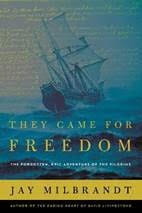7 Epic Things You Didn’t Know About the Pilgrims
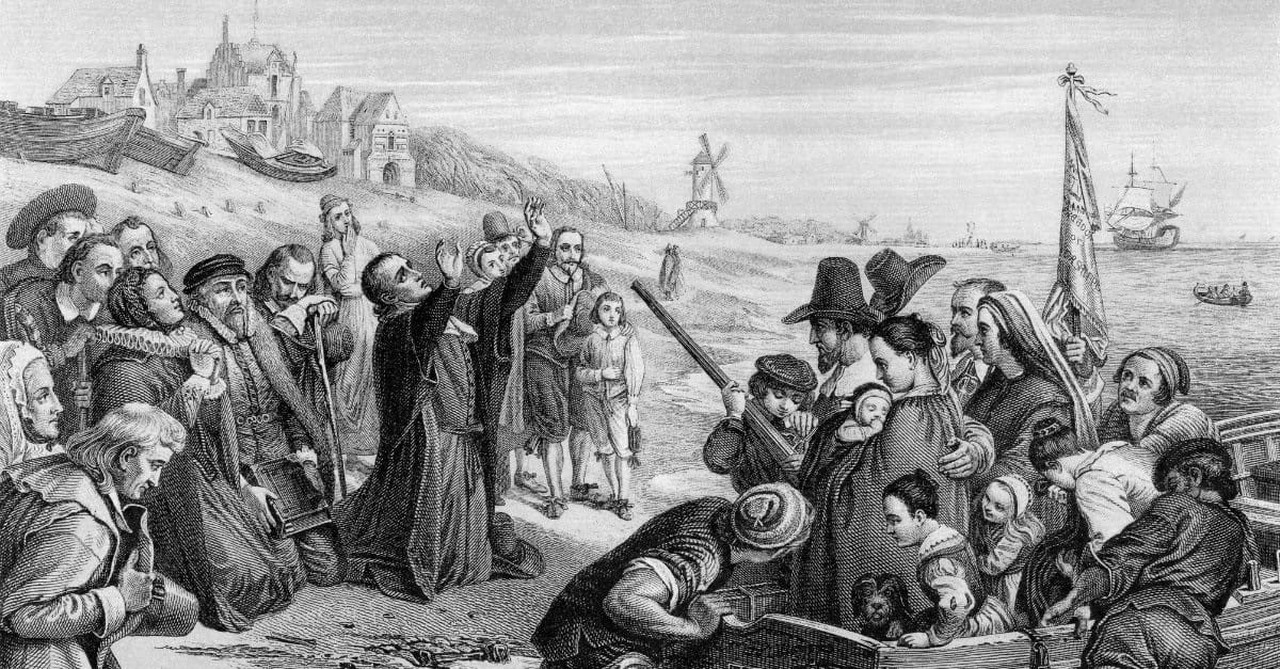
“As a descendant of two Mayflower Pilgrims, I’ve known this bit of family folklore for many years,” said Milbrandt. “But it dawned on me that I hadn’t taken the time to understand why the Pilgrims made their journey. After some research, I found that little attention had been given to the faith component of their journey and their flight from religious persecution. Readers will be shocked that the Pilgrims survived and we have a Thanksgiving at all. The journey that made that happen is remarkable!”
1. They actually referred to themselves as “Separatists”.
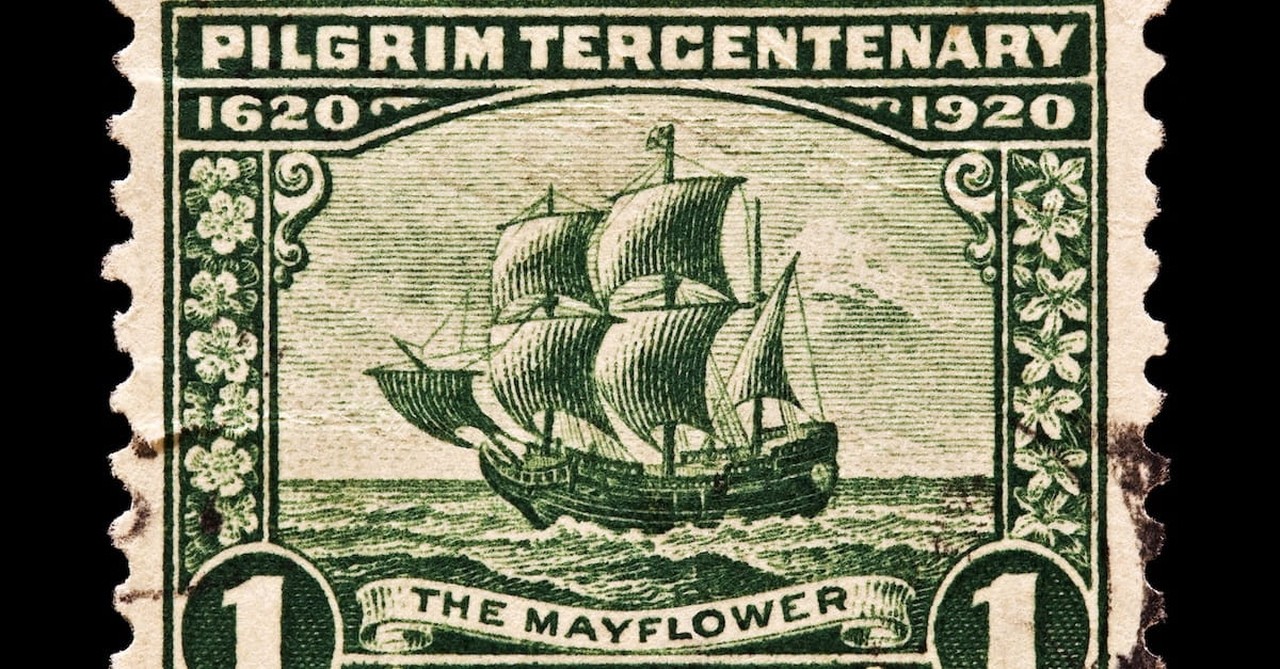
1. They actually referred to themselves as “Separatists”.
SLIDE 1 OF 7
The Pilgrims themselves never adopted the moniker “pilgrims,” nor would they have guessed it would become their identity hundreds of years later. They referred to themselves as “Congregationalists” or “Separatists,” finding identity in their religious views that diverged from those of the Church of England. The modern colloquial title that became their identity was extracted from a single line in one journal, written by William Bradford before beginning their transatlantic voyage: “They knew they were Pilgrims.”
Photo courtesy: ©Thinkstock/MikeRega
2. They developed a secret underground network.

2. They developed a secret underground network.
SLIDE 2 OF 7
Twenty years before they became Pilgrims, the Church of England began harassing nonconforming “Separatists.” Several of the forefathers of the movement were hanged at the behest of the church while many others were imprisoned, monitored, and simply harassed on account of their faith. Ironically, King James threatened to run them all out of England, but simultaneously forbade them from emigrating. Eventually, the Separatist churches developed an underground network for secretly escaping to freedom-loving Holland.
Photo courtesy: ©Pixabay
3. They bravely decided to leave Europe for the sake of faith…but not only.
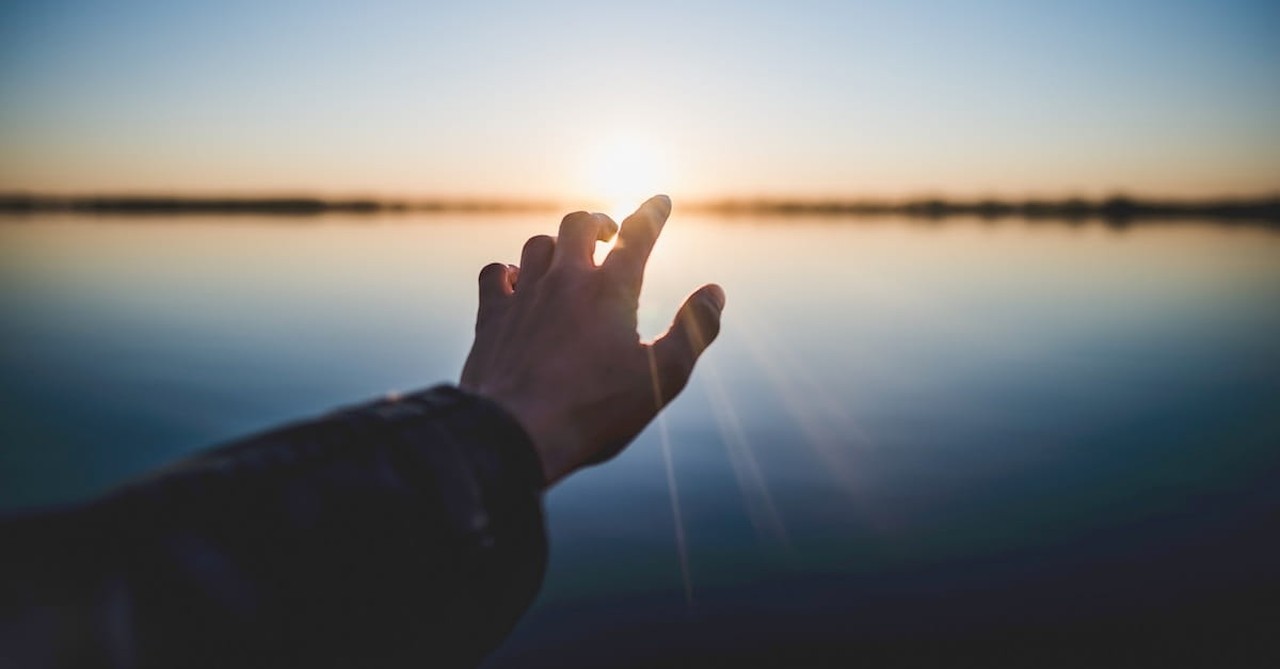
3. They bravely decided to leave Europe for the sake of faith…but not only.
SLIDE 3 OF 7
The Pilgrims most certainly left England for Holland on account of religious persecution. But their decision to leave Holland for America had a different flavor. Holland had struggled for its independence from Spain, effectively the Catholic Church, and the Twelve Year Truce between them was soon coming to an end. If it ended badly, the Pilgrims feared a repeat of their treatment in England. Yet, no such persecution was imminent. The more foreboding reason: their children were becoming Dutch. A decade in Holland had put many outside pressures on their insular community attempting to replicate a rural English hamlet. They had taken factory jobs and been forced to live in urban cities. More concerning, their children did not want that life. They joined other churches, went off to fight in foreign wars, and, more horrifically, join the wild seafaring lifestyle of Holland’s growing marine industry. The Pilgrims decided to leave before things got any worse.
Photo courtesy: ©Pexels
4. The first Plymouth was almost in South America.
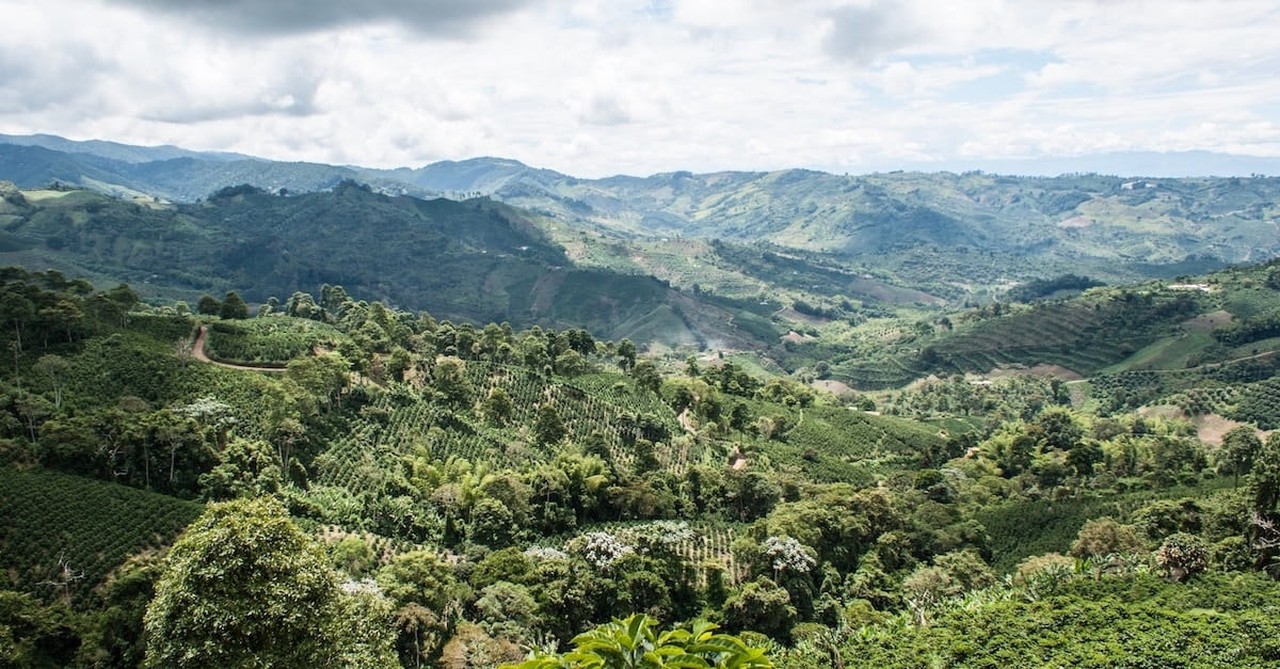
4. The first Plymouth was almost in South America.
SLIDE 4 OF 7
Plymouth, South America?
When the congregation living in Holland decided that it must leave Europe, they surveyed the globe for potential sites. Of course, much of the world had not been mapped, so they had little information upon which to base their decision. One of the top contenders became Guyana in South America. They liked the idea of living somewhere warm and believed the climate would provide a “perpetual spring” with abundant crops. On the one hand, they feared South America’s unfamiliar diseases. What tipped the scales against Guyana was the Spanish threat. The Spanish had forcibly taken French settlements in Florida and had an intense interest in controlling territory in South America. The Pilgrim settlement would be an easy and attractive target. Ultimately, after intense debate, the congregation decided to aim for Virginia.… which they missed and finally ended up in Massachusetts.
Photo courtesy: ©Unsplash
5. They wrote the world’s first constitution and built the foundation for American democracy.
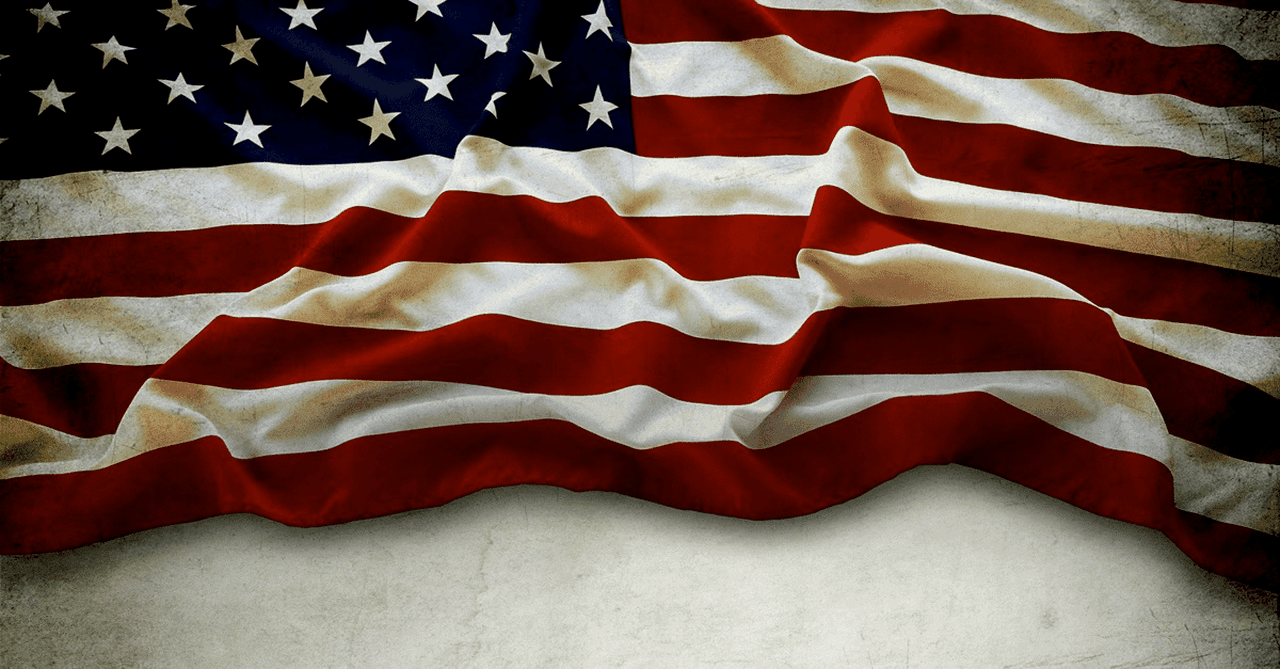
5. They wrote the world’s first constitution and built the foundation for American democracy.
SLIDE 5 OF 7
The Pilgrims’ suffering in Europe largely came at the hands of authoritarian monarchies using religion as weapon for control. The Pilgrims knew a similar fate could fall upon their New World colony unless otherwise put in check. They needed a radically different system of civil authority. Before stepping off the Mayflower, the passengers gathered on its deck to draft and sign a document spelling out this new system of self-government: The Mayflower Compact. Nearly two hundred years later, John Quincy Adams would say of it: “It was the first example in modern times of social compact or system of government instituted by voluntary agreement conformably to the laws of nature, by men of equal rights and about to establish their community in a new country [Dillon, pg. 137]." The compact would serve as predecessor to the modern Constitution and a building block for the foundation of American democracy.
Photo courtesy: ©Thinkstock
6. There was no first Thanksgiving.
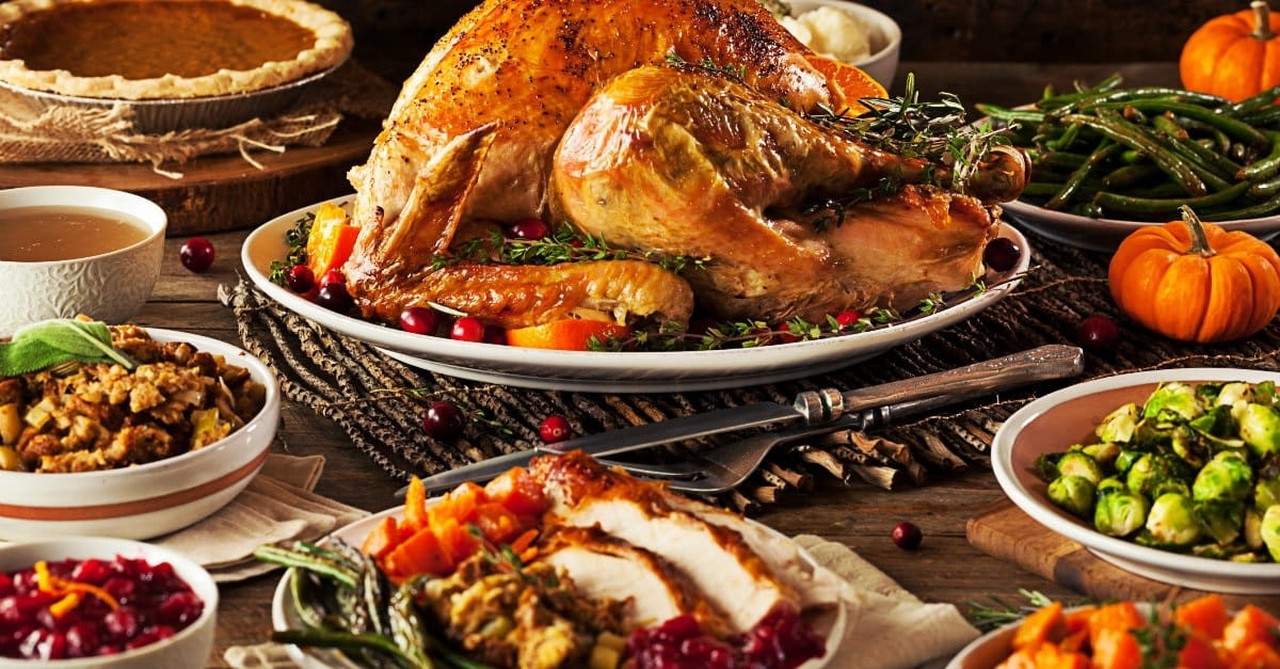
6. There was no first Thanksgiving.
SLIDE 6 OF 7
The Pilgrims did not create Thanksgiving or any annual fall holiday for that matter. After harvesting their first crop, they celebrated with a “harvest festival” to enjoy their bounty. After the massive feast, they found themselves in a crisis: they had eaten too much. Plymouth immediately implemented a rationing program. A subsequent summer brought a horrible drought that withered their fields. When it appeared that their entire crop would be lost, the Pilgrims dedicate a summer day to “a day of Thanksgiving” when they gathered in prayer for God’s intervention. Miraculously, as this day proceeded, clouds began forming and restorative rains arrived. Over time, the fall harvest festival focused on food and the summer day focused on thanks became one event in the American psyche.
Photo courtesy: ©Thinkstock
7. Lincoln played a huge part in making Thanksgiving what it is today.

7. Lincoln played a huge part in making Thanksgiving what it is today.
SLIDE 7 OF 7
More than two hundred years after the Pilgrims arrival, Sarah Josepha Hale, a prominent writer credited with the authorship of “Mary Had a Little Lamb,” published a novel featuring the fall tradition of “Thanksgiving” in the spirit of the Pilgrims. After the novel was published in 1827, she lobbied state and federal officials to create a national day of thanks. By 1854, thirty states had adopted her suggestion. Still, she remained committed to the vision of a national holiday. In 1863, on the heels of the Battle of Gettysburg, President Abraham Lincoln took an interest in Hale’s suggestion. He imagined this national day of thanks as an event to help heal the wounds of the Civil War. Secretary William Seward quickly drafted Lincoln’s proclamation formally institutionalizing Thanksgiving as a national holiday on the last Thursday in November. Thanks, Abe!
Photo Courtesy: ©Thinkstock/PatriceO
Jay Milbrandt is the author of The Daring Heart of David Livingstone and a professor at Bethel University in Minnesota. He formerly directed the Global Justice Program and served as Senior Fellow in Global Justice with the Nootbaar Institute at Pepperdine University School of Law. He has traveled throughout the world as a lawyer, managing global initiatives in Africa and Southeast Asia, and consulting with organizations engaged in human rights and legal development efforts.
Using first hand sources, years of research, and determination to break down the current understanding of the first Thanksgiving, Milbrant sheds new light on the plight of the Pilgrims. From extreme religious persecution by the Elizabethan Church of England, a daring voyage across the Atlantic, heartbreaking loneliness, starvation and eventual war with natives, Milbrant brings the Pilgrims’ early beginnings to life.
“We live in a time of extremes,” said Milbrandt, “with faith chief among them. As a nation, we’re asking questions about religion as a litmus test for immigration, whether faith is an important characteristic for our leaders and whether symbols of faith, like the Ten Commandments, have a place in public. Many of us believe we were founded as a Christian nation with, perhaps, a divine appointment. This book chronicles those beginnings and challenges the common understanding of history. This is an important story about the contributions of refugees and how their risks and passionate faith brought us where we are today.”
For more information about They Came for Freedom, Jay Milbrandt or his other titles including The Daring Heart of David Livingstone, please visit www.jaymilbrandt.com.
Originally published November 06, 2019.


